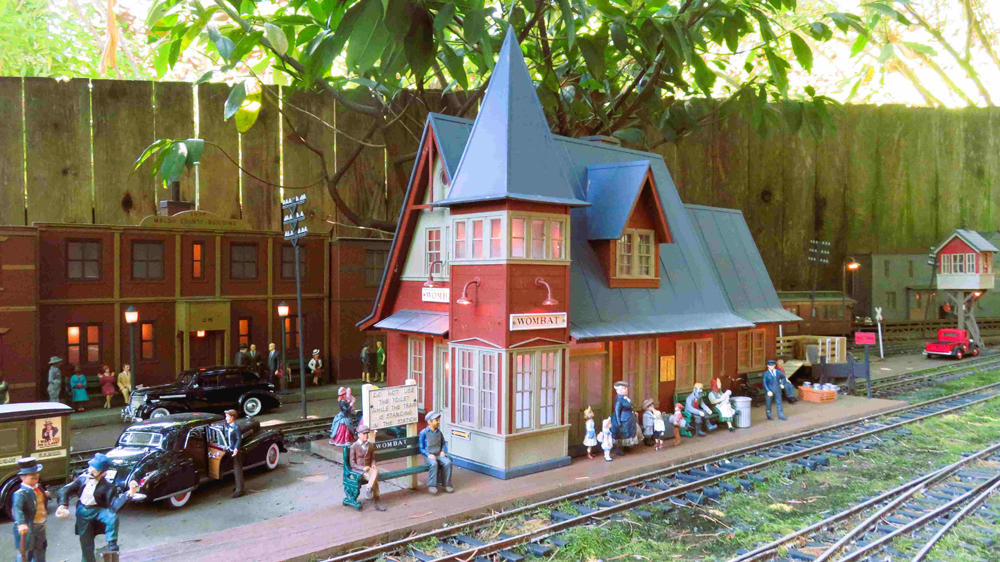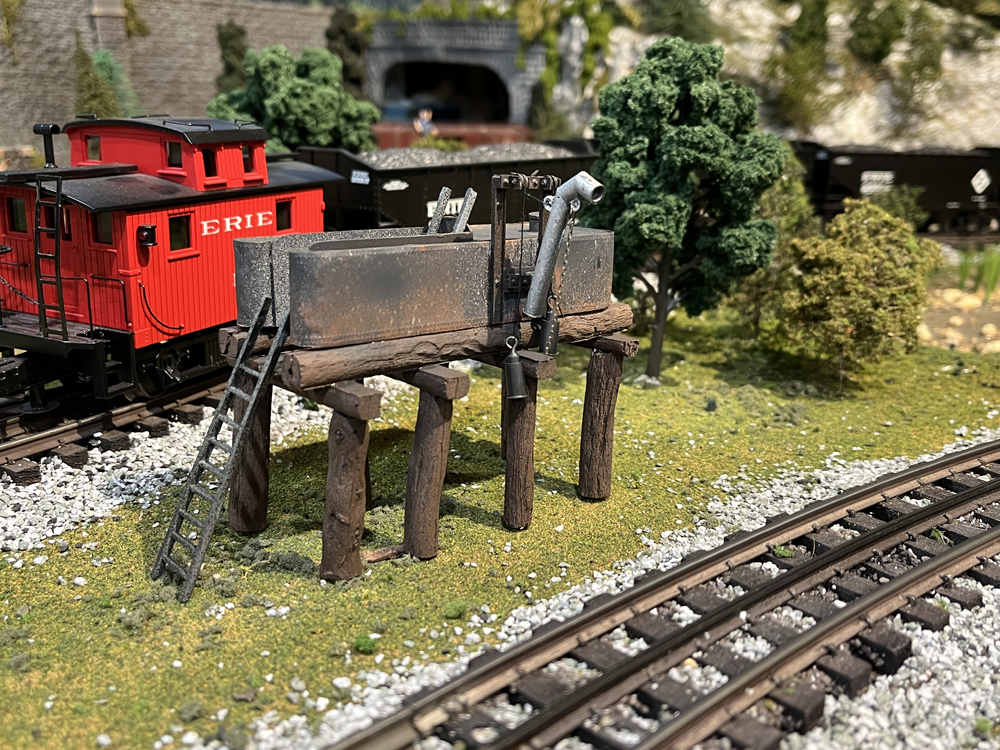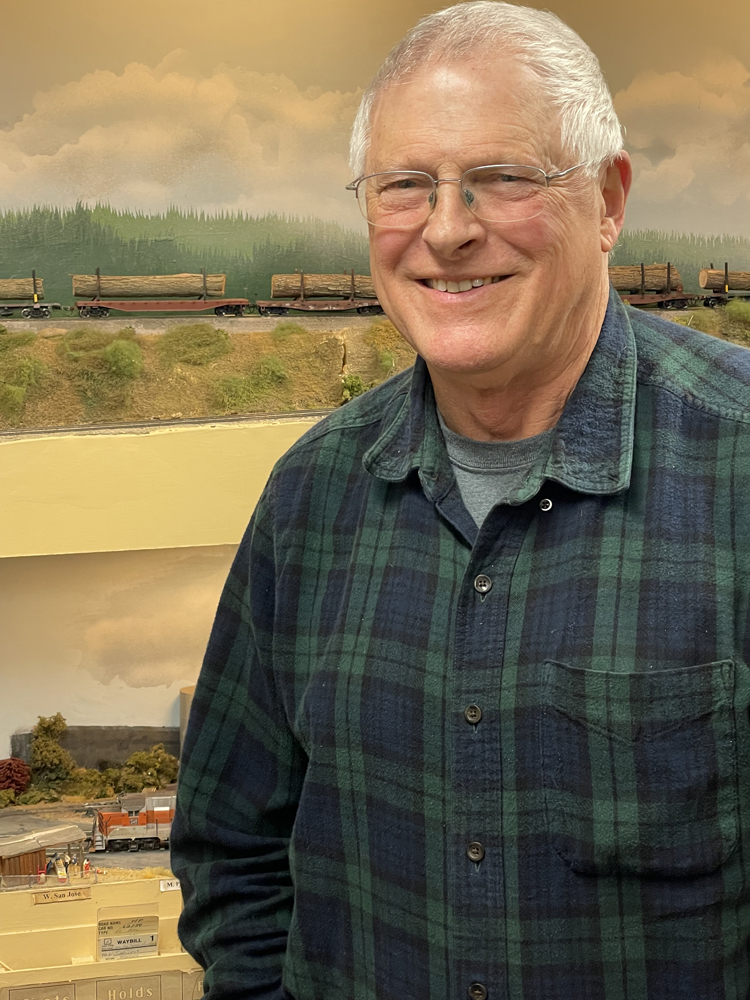Ruest notes that as the entire industry has lowered its operating ratio, realizing gains from mergers becomes difficult. He gives the example that merger savings could be realized by acquiring a railroad with higher operating costs, and then realizing gains by rolling out the cheaper operating structure across the larger property. Now that most railroads have adopted some form of PSR, the returns of mergers have lessened.
But expansion is still on the mind of the industry. “I think all of us like to have a bigger footprint, a bigger franchise,” he says.
One route to that is through acquiring (or re-acquiring) short lines, transactions that are often viewed differently by regulators. He says that CN went through a phase of pruning marginal lines that require too much capital at the time but have since become ideal for operation in-house again, including some lines in southern Ontario recently.
When acquisition is not an opportunity, like with the Indiana Rail Road, CN will look to develop long-term partnerships. “We would love to make more deals like we did with the INRD,” he says. Ruest compares such deals to a fast food franchise, noting that the deals need to ensure the Class I railroad’s standards will be in place throughout the shortline operations.
And Ruest is optimistic about the future, noting that much of what railroads haul is cyclical. “Commodities goes up. Commodities goes down,” he says. “We’re probably in one of the tougher times right now.”
He’s looking forward to more traffic from international trade, too. He calls the pending United States–Mexico–Canada Agreement trade deal “a slam dunk,” but notes that there’s a “long, long road to go” to normalize trade with China.
The way forward, he says, is to focus on the consumer economy, which is growing. That includes moving freight “door to door,” and getting “closer to the real freight buyer.”
Technology is still a large part of CN’s growth strategy. That includes finding new technology to increase capacity on existing infrastructure, such as roving automated boxcars instead of human track inspectors. He also hinted at the use of more automated dispatching or computer-assisted decision-making for human dispatchers. “There’s more than one way to add capacity,” he says.
There could be more customer-facing technology, too. “The experience of the individual customer is what allows you to grow – or not,” he says, noting that customers are more concerned about the movement of their individual cars than company or industry averages.









Comparing Mr. Ruest’s comments to the recent purchase of CMQ by CP Rail we could call it ” correcting yesterday’s mistakes ” Looking at OSR are you Mr. Ruest ??
I am perplexed as to why the Trains Newswire no longer allows me to go back and see a week of news items. Since their newsletter is weekly, it always made sense that we could go back and see all the news from the previous week. Now we get “today,” the “Previous Day,” and the “Next Day.” Why did the previous feature disappear???
Actually mergers could ignite new domestic shipping lanes that are not possible under the current rail system. The suits only think of efficiencies.
Absolutely Braden. When you see steel wheel intermodal interchange curtailed and time- and money-costly lift-dray-lift substituted (with some exceptions) you’re not providing a truck competitive volume growth solution. And for both carload and intermodal, I’m gonna bet big that interchange dwell doesn’t show up in these “improving” metrics.
And the same goes when “core pricing” demands rate increases above inflation for both carload and intermodal while at the same time operational costs and service both decline. This isn’t relevant to the merger point (apart from the impact of interchange friction on service) but is reflective of the PSR experience.
Probably Ruest is implicitly (but certainly not explicitly) recognizing that mergers are a political nonstarter when shipper satisfaction is so poor. Even though they could improve service, lower cost, and increase “capex free” capacity and debottleneck key lanes, perhaps even better than PSR train count reduction can.
That’s because PSR is where railroads go to die. No bother to merge if your plan is to be out of business within a few decades. So far, it’s working well.
Or worse than lift-dray-lift rubber interchange (because this at least provides a certain classification and re-blocking and well utilization benefit even though not service friendly): lift+long dray, and especially when the long dray isn’t additive to the rail line haul, but adds circuity not imposed on all-OTR.
This long dray is even more common than rubber interchange. And is increasing under PSR as lower density lanes are de marketed and smaller ramps are shut down or deemphasized. Some long dray examples LA-Louisville or LA-Cincinnati or México-Detroit or México-Louisville. Or Harrisburg-MSP or Atlanta-MSP. All switching to long dray after grounding in Chicago. Partly in hellish Chicago highway traffic. To add to the hellish LA or Atlanta traffic on the other end.
“Ruest notes that as the entire industry has lowered its operating ratio, realizing gains from mergers becomes difficult.”
This statement here is the problem with past and recent mergers.. You don’t merge just to save cost. Mergers should provide new market and lane access. Customers prefer and want single line service no matter how you cut it. The mistakes of yesterday created the lopsided rail map we have now..